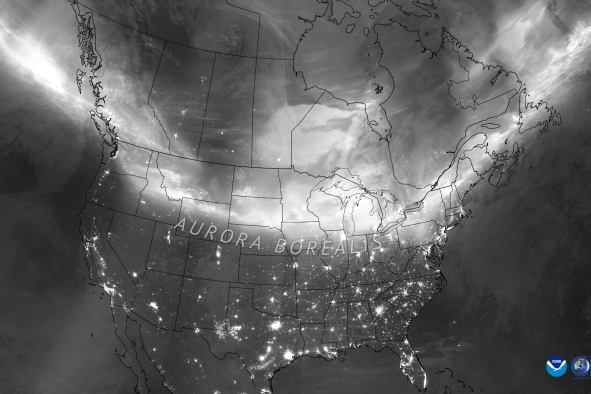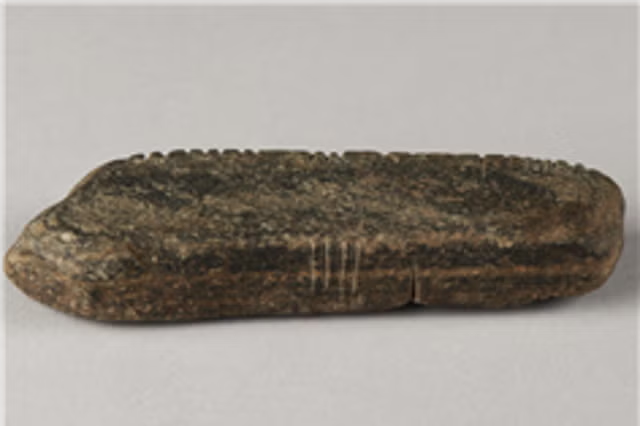Plants' glow can give flash drought warnings, a new study has found. NASA captured a video showing the plants leading a path across drought-stricken regions of the United States.
Chlorophyll, the compound that gives plants their green color, produces a subtle glow due to the absorption of sun during photosynthesis. It cannot be seen with the naked eye, but it is visible through satellite instruments like NASA's Orbiting Carbon Obsevatory-2. The light is called solar-induced fluorescence, also known as (SIF). The stronger the glow, the more CO2 the plant is absorbing.
New research by scientists from NASA's Jet Propulsion Laboratory in Southern California, published in Geophysical Research Letters, found that this glow can actually lead to areas most affected by flash drought.
To reach their findings, the researchers compared plant fluorescence data with numbers on flash drought between May and July in the years 2015 to 2020. They found that in periods leading up to flash drought, plants created a much stronger fluorescent glow than usual.
Next, the researchers linked this unusual plant activity with soil moisture content data gathered by NASA's SMAP satellite. They discovered that the strange uptick in fluorescence came at the same time soil moisture began to plummet in the six to 12 weeks prior to a flash drought.
A video captured by NASA alongside the study shows the path of glowing plants eliminating across the U.S., indicating areas suffering flash drought. Red, pink and white areas note the areas with high fluorescence, while gray regions show areas with little fluorescence.
It appeared to be a consistent pattern throughout many different areas of the U.S., including the East, parts of the West and the Great Plains, the researchers reported.
"[Plant fluorescence] shows promise as a reliable early warning indicator of flash drought with enough lead time to take action," Nicholas Parazoo, an Earth scientist at JPL and lead author of the recent study said in a statement.
Flash drought is defined as a quick intensification of drought conditions over a short period of time. It happens due to a lack of rainfall and unusually warm temperatures. As climate change worsens, these conditions are becoming more frequent and extreme.
Flash droughts cause severe damage to crops and ecosystems if they are not monitored. This is why indicators of flash drought, such as the one discovered in this study, are so vital.
Previous studies have found that flash droughts will only intensify over the coming decades. A 2023 study from the University of Reading found that these sudden droughts will double in number across Europe, South America and Africa.
Jordan Gerth, a scientist with the National Weather Service Office of Observations, did not work on the study but provided commentary in a summary of the findings. He said that predicting flash droughts could drastically help farmers, and while it can't stop droughts completely, it helps them plan.
"Farmers and ranchers with advanced operations can better use water for irrigation to reduce crop impacts, avoid planting crops that are likely to fail, or plant a different type of crop to achieve the most ideal yield if they have weeks to months of lead time," Gerth said in a summary.
Do you have a tip on a science story that Newsweek should be covering? Do you have a question about drought? Let us know via science@newsweek.com.
Disclaimer: The copyright of this article belongs to the original author. Reposting this article is solely for the purpose of information dissemination and does not constitute any investment advice. If there is any infringement, please contact us immediately. We will make corrections or deletions as necessary. Thank you.



